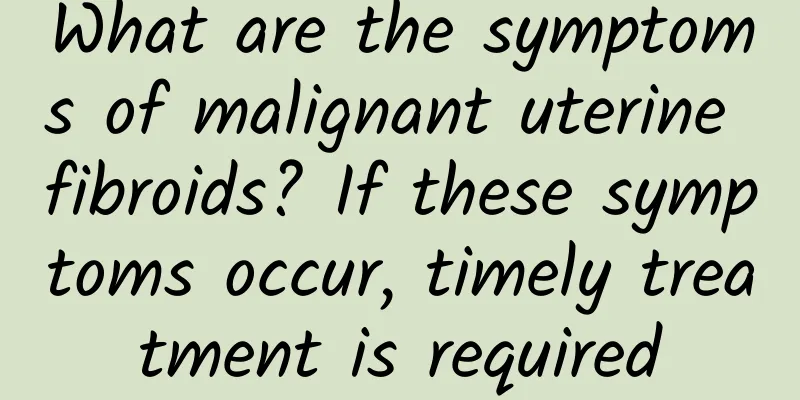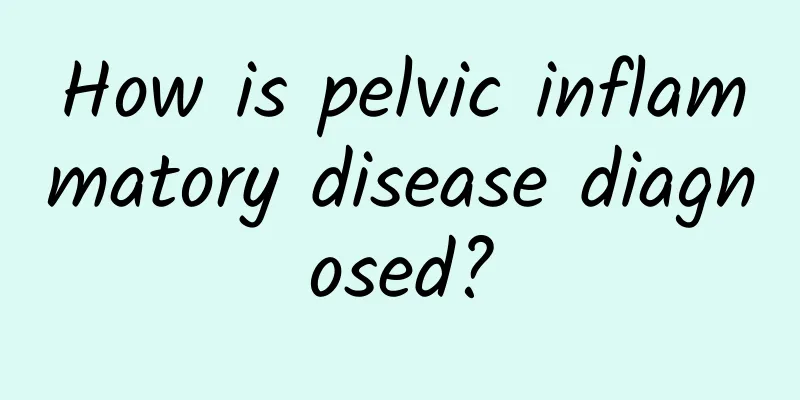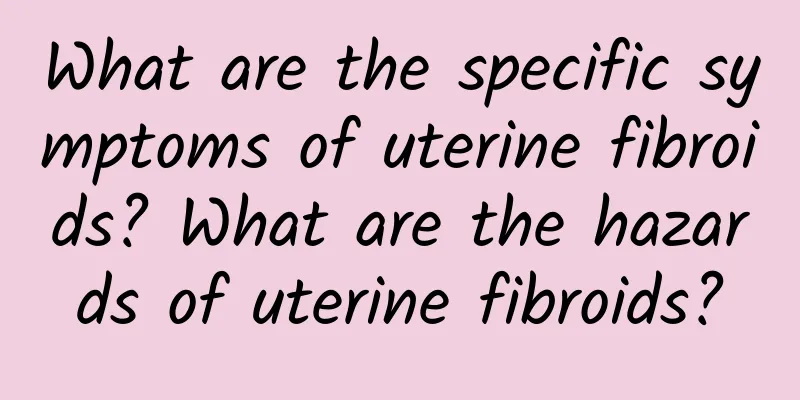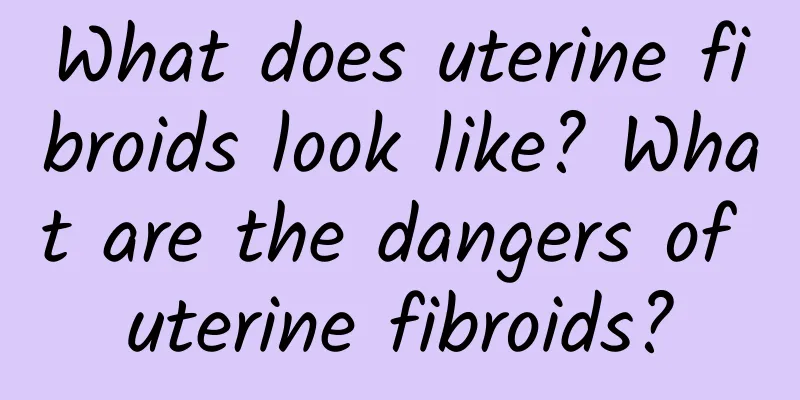What are the symptoms of malignant uterine fibroids? If these symptoms occur, timely treatment is required

|
Clinically, uterine fibroids are generally divided into benign and malignant diseases. Malignant symptoms are often caused by poor treatment of benign diseases. What are the symptoms of malignant uterine fibroids? In daily life, only by understanding these diseases can we help us detect the disease as soon as possible. Experts introduce us to the common symptoms of malignant uterine fibroids: Symptom 1. Irregular vaginal bleeding: This is a common symptom of malignant uterine fibroids, and bleeding may occur at any time except for hormone therapy. If a postmenopausal woman has vaginal bleeding similar to menstruation, it indicates the possibility of uterine cancer. Symptom 2. Weight loss: weakness, pain in the lower abdomen, back, and legs. These symptoms usually occur in the middle and late stages, when tumor cells usually metastasize or spread. Symptom 3: Abdominal mass: Clinical practice has confirmed that lower abdominal mass is usually the main complaint of patients with uterine fibroids, up to 69.6%. Sometimes it may be the only symptom of fibroids. This often occurs in intramural fibroids that do not affect the endometrium, especially in the uterine fundus or under the pedunculated serosa. Nowadays, with the rapid development of medical technology, there are many ways to treat uterine fibroids. At present, the treatment of malignant uterine fibroids mainly adopts surgical treatment, such as hysterectomy (including total resection and hemisection) and myomectomy. Resection is generally suitable for the size of the uterus with a 3-month pregnancy. Although the fibroids are not large, the symptoms are obvious, or the fibroids grow rapidly, and malignancy cannot be ruled out; resection is mainly suitable for unmarried and childless women under 35 years old. Once symptoms of malignant uterine fibroids appear, they can be treated with minimally invasive surgery. Minimally invasive techniques are also widely used in clinical practice. Minimally invasive hysteroscopic and laparoscopic treatment of uterine fibroids can avoid the risks of incomplete traditional treatment. |
<<: What are the symptoms of uterine fibroids? What harm can uterine fibroids cause?
Recommend
Four treatment methods suitable for patients with vulvar leukoplakia
Vulvar leukoplakia is a common gynecological dise...
What kind of exercise should I pay attention to when I have pelvic effusion?
Women with pelvic effusion will feel inexplicably...
How is menopause diagnosed?
Regarding the diagnostic basis of menopause, we m...
Will lower back pain after abortion cause illness?
Lower back pain after an abortion generally does ...
How to check after suffering from adnexitis?
How to check if you have adnexitis? This is a que...
One picture shows you the calories and sugar content of mooncakes on the market! 7 tips to enjoy barbecue and mooncakes with less stress
During the Mid-Autumn Festival, families reunite,...
Can Bartholinitis be completely cured?
Generally speaking, the treatment for Bartholinit...
What to do if there is fluid accumulation in the uterine rectal fossa due to adenomyosis
Adenomyosis, uterine rectal fossa fluid accumulat...
What are the symptoms of uterine fibroids? How to treat uterine fibroids?
Uterine fibroids are a very common gynecological ...
Shaofu Zhuyu Decoction is effective in treating cold-damp stagnation type adnexitis
Traditional Chinese medicine divides adnexitis in...
What causes premature ovarian failure?
Preventing premature ovarian failure in life is c...
Childhood obesity is related to mothers' "lack of this one action"! Nutritionist Cheng Hanyu teaches how to serve food in 30 minutes
Childhood obesity is closely related to diet, esp...
What are the harms of uterine effusion to the body?
In the eyes of many women, uterine effusion is co...
What are the early symptoms of cervical erosion?
Cervical erosion is a gynecological disease that ...
Exercise secretly! Maintaining the right posture can also help you lose weight
Modern people are always busy with work and are a...









